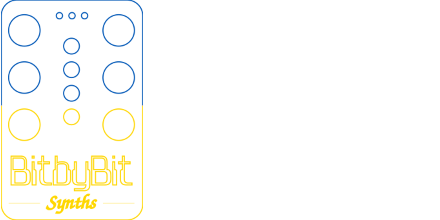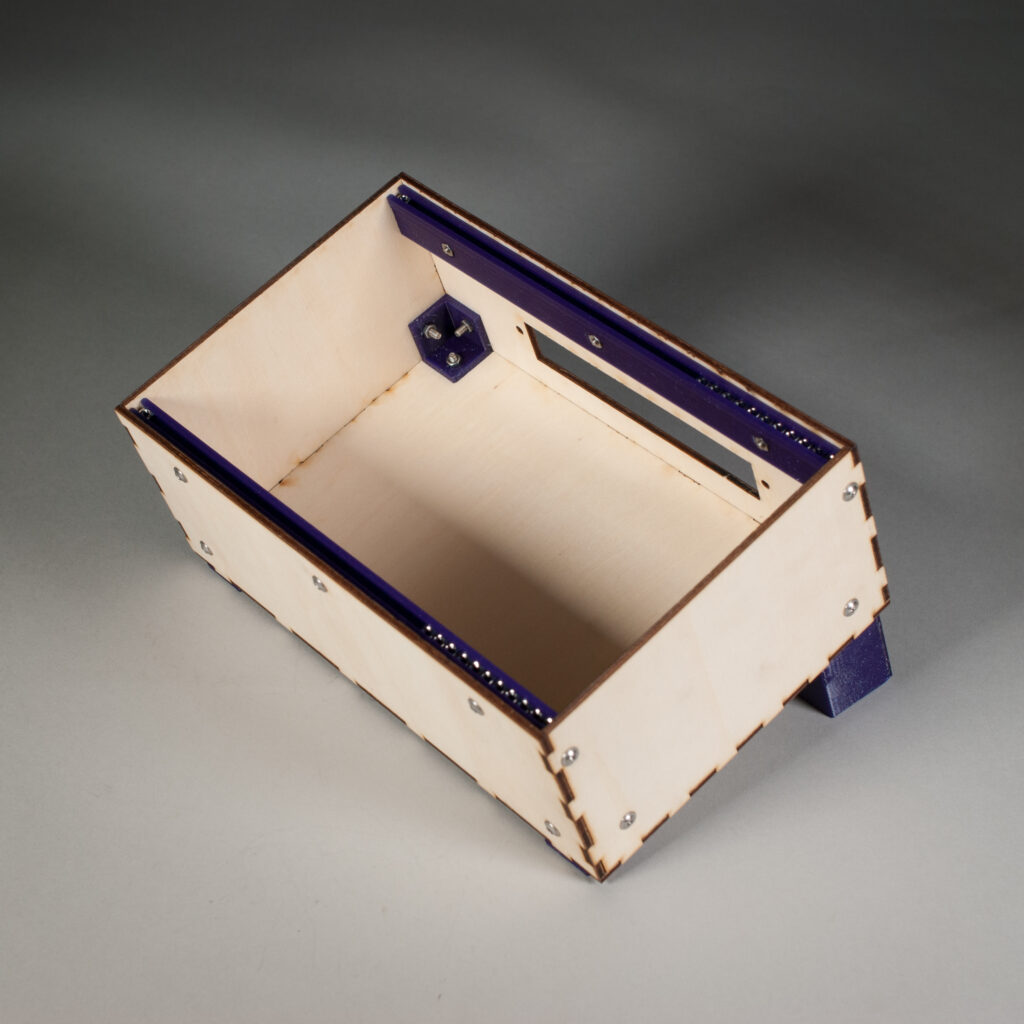Though we deal in Eurorack mostly, I also tend to dabble in chiptunes with my band alongside my Eurorack. In fact our first album was chiptunes with surf guitar and used a real NES, GameBoy and other chiptune chips and synths alongside raging surf guitar. And of course my own WaveBoy was inspired by the GameBoy’s lo-fi wave output (which I am still working on and do still plan on releasing).
So it shouldn’t be too much of a shock that I have been following the Commander X16, a modern 8-bit computer which is sort of a modern successor to the Commodore VIC-20. In fact I’ve been writing a tracker for it and I own one of the early (and signed!) X16 Developer edition boards!
Recently, a member of the X16 community, Wavicle, has been working on a Mini ITX variant called the Otter X. It only has one expansion slot but is compatible with the X16 and is available as a kit. I grabbed one up and decided to use the holiday break to assemble it. Since I laser cut Eurorack cases, I thought why not try to make one for the Otter X too! And so I did!
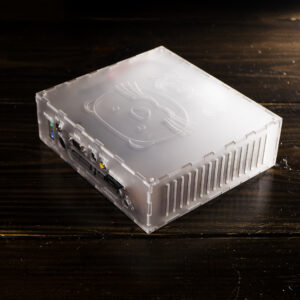
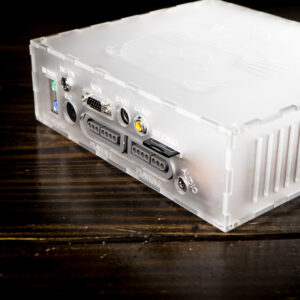
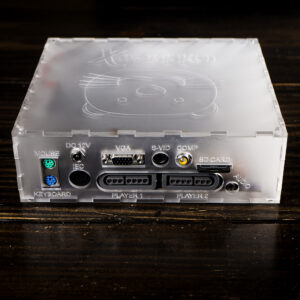
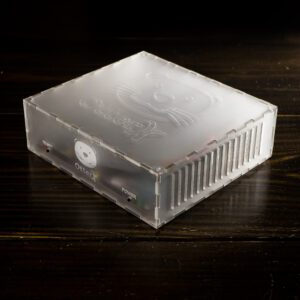
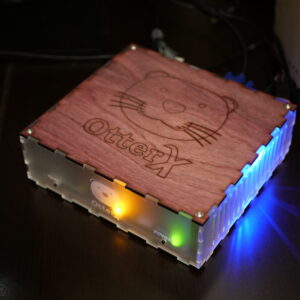
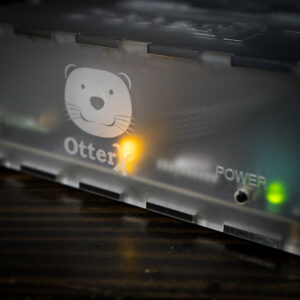
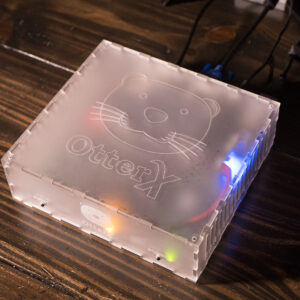
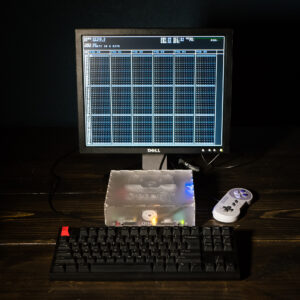
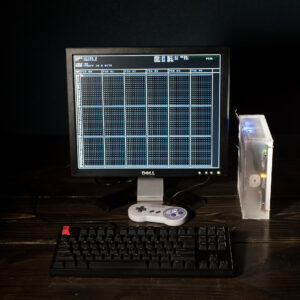
Just like our Eurorack cases, the OtterX case can be made from acrylic, hardwoods, Finnish birch plywood, and MDF. This is still a prototype/beta while I wait on testing a few combinations of parts (such as a lower profile Pico PSU to make the case a bit less tall optionally, as well as perhaps a 3D printed solution for the internal standoffs to keep the case together). I expect it will be finalized soon.
I will make the design open source under a non-commercial license as well for folks that want to cut their own. Those that don’t own a laser cutter will be able to get the cases from me directly as well. If you’re not familiar with the X16, though it’s certainly not Eurorack, it’s worth taking a look! The sound solution in particular is somewhat unique, which is one of the main reasons I’ve been following and participating in the project.
Export this to be available in early 2024. If you’d like to get on the pre-order list just use our Contact Us form. And on the Eurorack front expect more case designs! 2024 is going to be finally the year of 84HP cases from us, I can just feel it!
